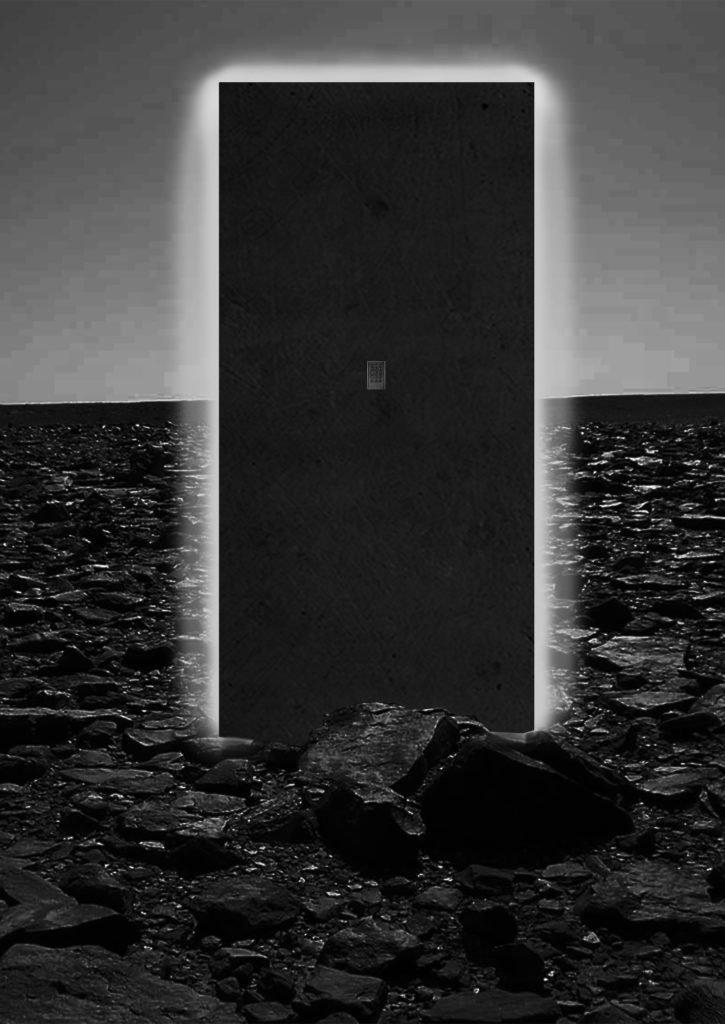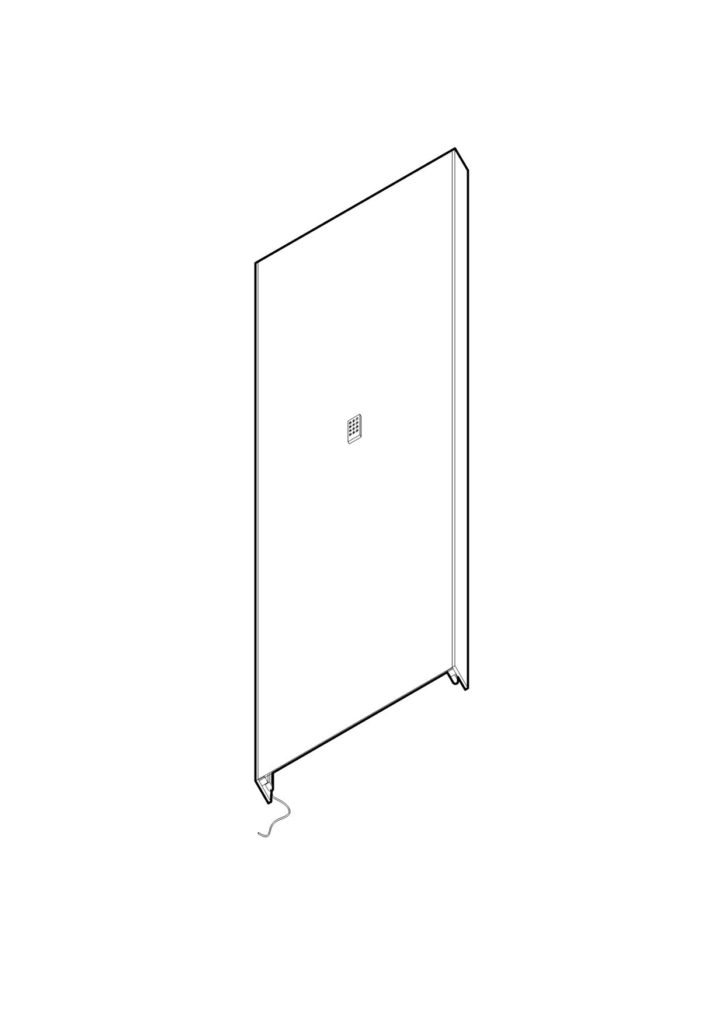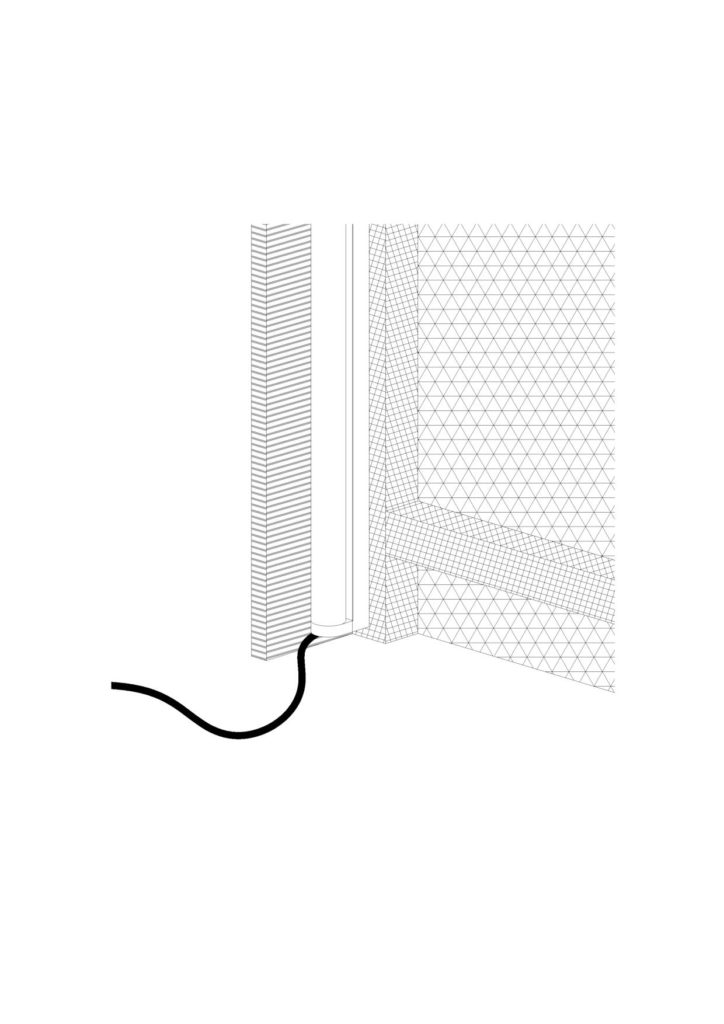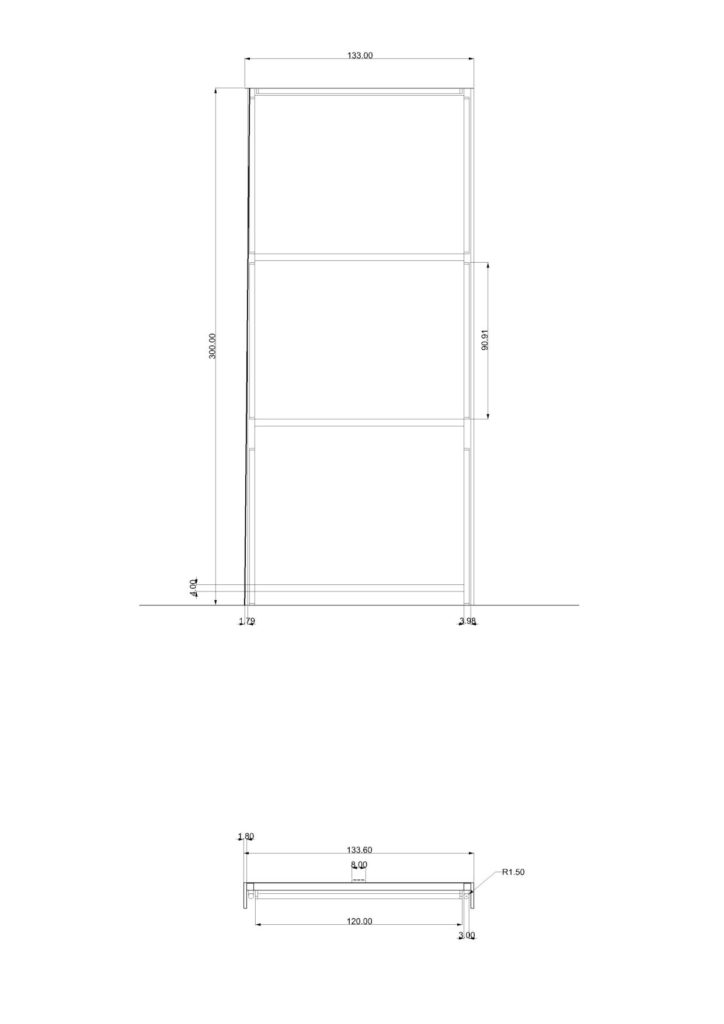
12 rules for Architects is a project consisting of a Manifesto and a Gate.
Both are based on Markis de Sade’s theory of ‘body is a machine for pleasure’ where the word pleasure was substituted with Power, serving as an hommage to megalomania, Caligula, Speer’s Theory of Ruins, BIG’s hedonistic sustainability and Patrik Schumacher.
An hommage is something expressive done in honour of a person using elements of their style
The form of the manifesto was inspired by Jordan Peterson’s 12 rules for life, written for all the neo-liberal architects out there looking for some guidance.
It was also written for everyone else, hoping to question the power of architecture as a practice embodied in buildings. Physically constructing something is an act of leaving a personal mark, often excluding numerous bodies involved in the making process and therefore simultaneously praising an individual, in this case, The Architect.
It often turns into “a battle of egos” of who’s going to build the [insert a superlative of any adjective] construction without any regard to the complex network of relationships those buildings have with the surrounding environment including the natural systems and the human community.(1)
This work is there because it can be. Moreover, because that is my will.
The gate is a 1:1 visualisation of the values and ideas embedded in the manifesto. It’s a megalith of 300x130x15 cm, luring passersby with its pale aura yet refusing anyone to pass. It plays the role of the Sphinx, posing a riddle embodied in an access control lock, to which none of the ‘travellers’ can find the answer.
Its existence is radiating solidity and empty grandeur, proudly stressing its individualism and self-sufficiency.




(1) Mang, Pamela; Benne, Beatrice (2015). "Working regeneratively across scales - insights from nature applied to the built environment". Journal of Cleaner Production. 109: 42–52.